At this time, many Ri6 and DONA durian gardens in Hoa Phu commune have begun to age and ripen, but there are not many traders coming to see the gardens and set prices like every year.
Mr. To Ngoc Vu's family (village 4, Hoa Phu commune) owns 80 durian trees for business, with an estimated yield of 10 tons this year.
Mr. Vu said that this year the unfavorable weather and heavy rains have made the quality of durian uneven, and the rate of watery flesh is high, so depending on each garden, traders will offer different purchase prices. Compared to the same period last year, the price of durian has dropped by more than half, but traders only buy from gardens with beautiful fruit that meet requirements. In the first harvest, he sold 2.5 tons of Ri6 durian for 25,000 - 30,000 VND/kg.
“Although the selling price is low, traders do not cut all durians at the same time, causing many ripe durians to fall, forcing my family to collect and sell them to retailers at the market. Currently, the garden has about 3 tons of Ri6 durians that are ready to be harvested, but we do not know what the output will be. Meanwhile, in about 10 days, the DONA durians in the garden will also start to be harvested. Hopefully, the price and output will improve in the near future,” Mr. Vu worried.
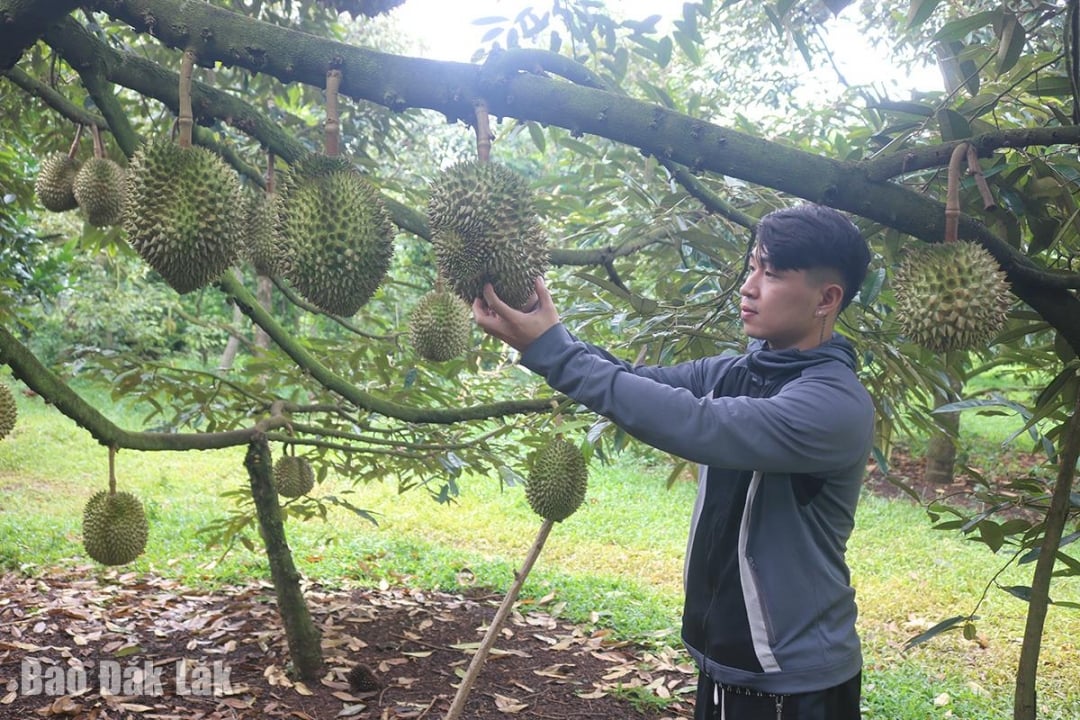 |
| A farmer's durian garden in Hoa Phu commune gives an early harvest. |
Similarly, Mr. Ho Van Chuong's family (village 3, Hoa Phu commune) has 100 Ri6 and DONA durian trees intercropped in their coffee garden. Currently, 70 trees have been harvested, with an estimated yield of 5 tons, of which Ri6 durian is expected to be about 3.5 tons. At this time every year, traders would come to see the fruit and set the price, waiting for the day to cut; but this year, traders have only quoted the purchase price of beautiful DONA durian at 60,000 VND/kg (down 20,000 - 30,000 VND/kg), Ri6 durian from 15,000 - 20,000 VND/kg (down 30,000 VND/kg) but have not considered buying, making Mr. Chuong "restless". Mr. Chuong said: "Last season, I sold Ri6 durian for 55,000 - 60,000 VND/kg, but this year when I called my acquaintances, they said they wouldn't buy it."
The Ministry of Agriculture and Environment forecasts that durian exports are likely to recover strongly from the third quarter of 2025, especially during the main crop season from August to October in the Central Highlands provinces. However, the recovery rate still depends largely on whether businesses and farmers can maintain food safety conditions as committed. If violations recur, the export risk of this industry is still very high. |
Due to the lack of buyers, for more than a week now, the Ri6 durian trees have begun to ripen and fall (20-30 kg/day), forcing Mr. Chuong's family to sell them at the retail market. According to Mr. Chuong, this year's erratic weather has greatly affected the yield and quality of durian. Meanwhile, the care costs are high, the cost of agricultural materials is higher (up about 50%), but the selling price is lower than expected, the output is unstable, making growers worry that the early crop will "not cover expenses".
Not only Ri6, Musang King durian in Dak Lak is also facing many challenges, especially the problem of waterlogged flesh due to heavy rain, which directly affects the quality and selling price. According to trader Huynh Tan Thuan (Quang Phu commune), this year Musang King durian gardens are almost unsold due to waterlogging. The price of waterlogged Musang King durian ranges from 25,000 to 30,000 VND/kg, depending on the severity. There are even batches of poor quality that cost only a few thousand VND/kg.
According to the Dak Lak Durian Association, the price of early-season durian in Dak Lak has decreased sharply compared to last year because the import market is still tightening quality control, so export enterprises carefully select purchasing areas and do not import in bulk like last year. However, the early-season output in Dak Lak is still very low and most of the quality is not up to standard due to the impact of heavy rain, so traders buy at low prices.
Mr. Pham Hoang Hai, a durian trader in Krong Pac commune, said that most of the durians at the beginning of this year's crop were affected by fungus and had a high rate of unripeness, making it difficult to sell. Currently, warehouses and agents have stopped purchasing Ri6 durian. If they do purchase, they will be at a very low price, only from 15,000 - 20,000 VND/kg to serve the domestic market.
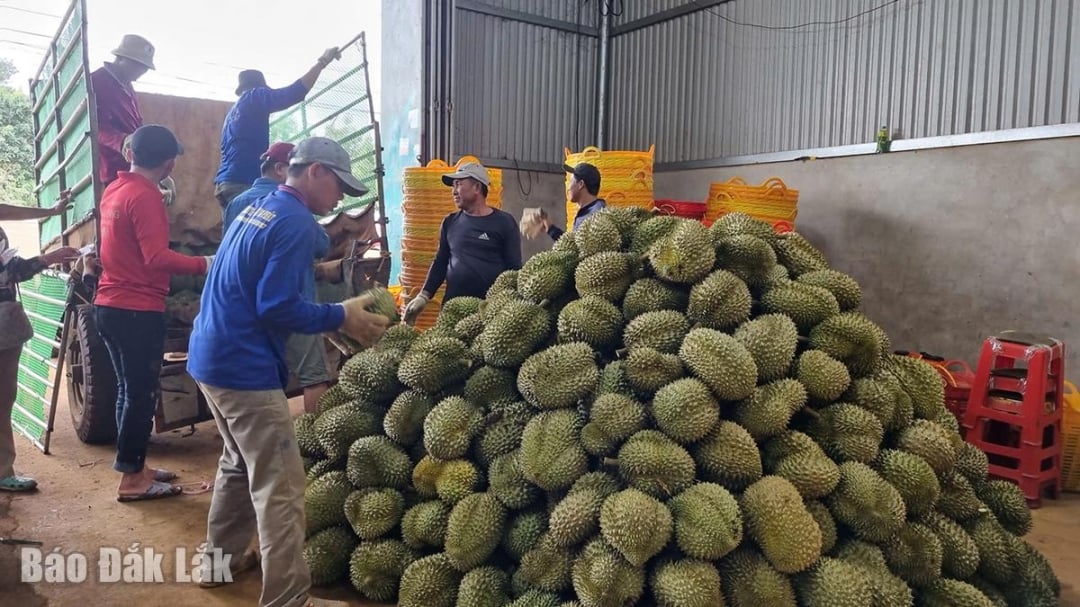 |
| Durian purchasing activities at a durian orchard in Krong Pac commune. |
According to Prof. Dr. Tran Van Hau, former senior lecturer at Can Tho University, erratic weather such as prolonged heat or continuous rain is a factor that can easily lead to hard rice. If the weather is not favorable like this year, the rate of hard rice will increase, which is inevitable. However, if farmers have good care techniques and know how to manage nutrition properly, it can be completely limited. "Nutrition plays a decisive role in the fruit development stage. Fertilizers need to ensure adequate macronutrients, medium nutrients, especially micronutrients such as calcium, boron, manganese, iron, etc. If supplemented at the right time and in the right amount, the risk of hard rice will be reduced," Prof. Dr. Tran Van Hau added.
In preparation for the main harvest in 2025, the Dak Lak Durian Association is implementing many urgent solutions to standardize quality and restore reputation in the international market.
Mr. Le Anh Trung, Chairman of the Dak Lak Durian Association, said that since the beginning of the year, the durian market in general has encountered many difficulties. Therefore, in order for Dak Lak durian to enter a favorable harvest season, the Association has invited experts and scientists for training, and coordinated with organizations to build and standardize the quality of growing areas. "We conduct sampling before the season to have specific data announcements, creating trust for the import market. This is one of the steps we are taking very urgently."
In addition, the Association is also working closely with relevant agencies to develop criteria for selecting eligible enterprises to participate, meeting the "green flow chains" to promote the export clearance process quickly. These are important solutions to help import enterprises feel secure when investing in the Dak Lak market in particular and Vietnam in general.
Source: https://baodaklak.vn/kinh-te/202507/gia-dau-vu-xuong-thap-nong-dan-trong-sau-rieng-thap-thom-56a1649/


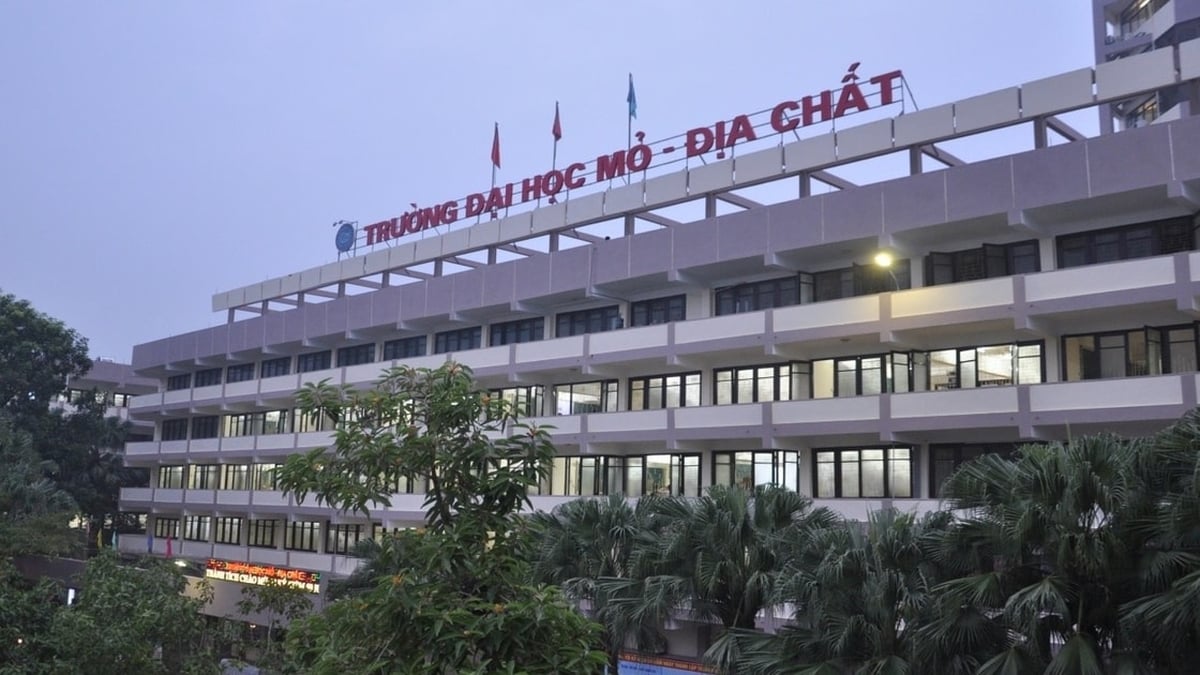
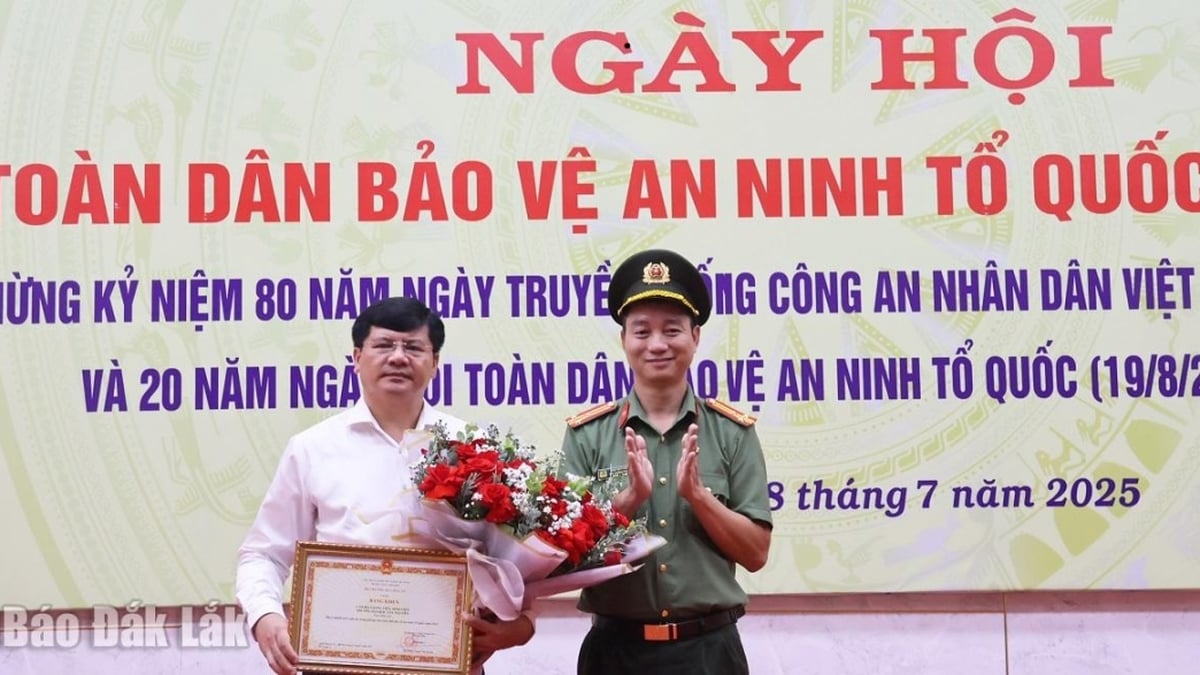
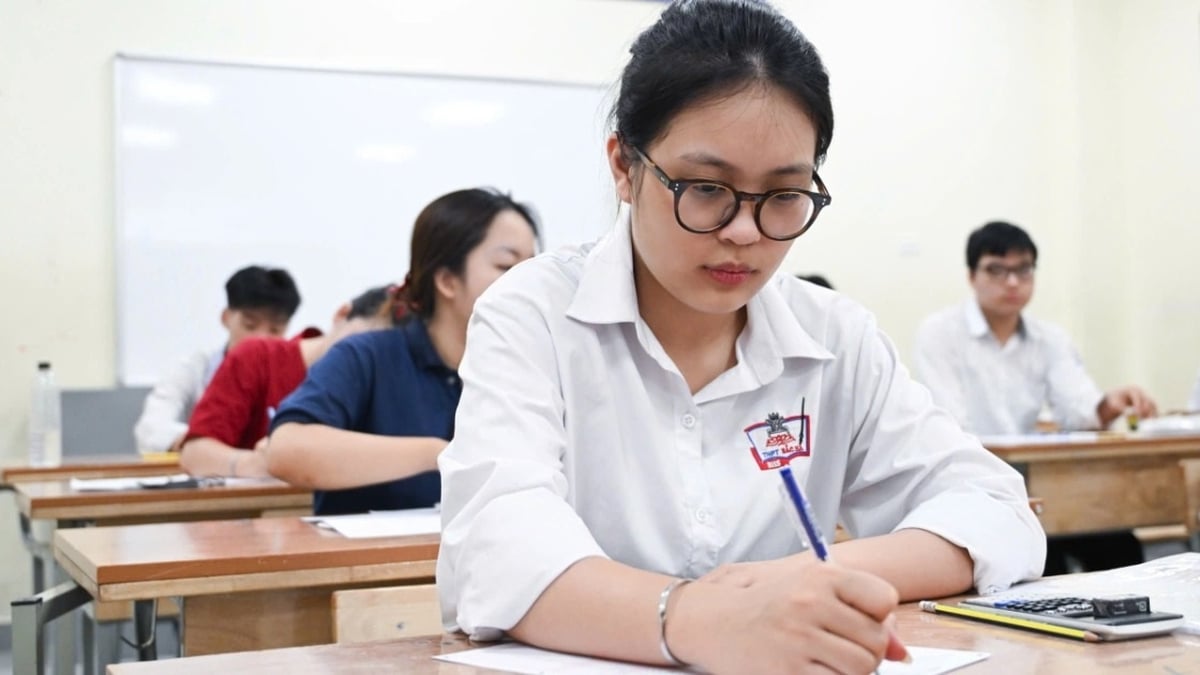

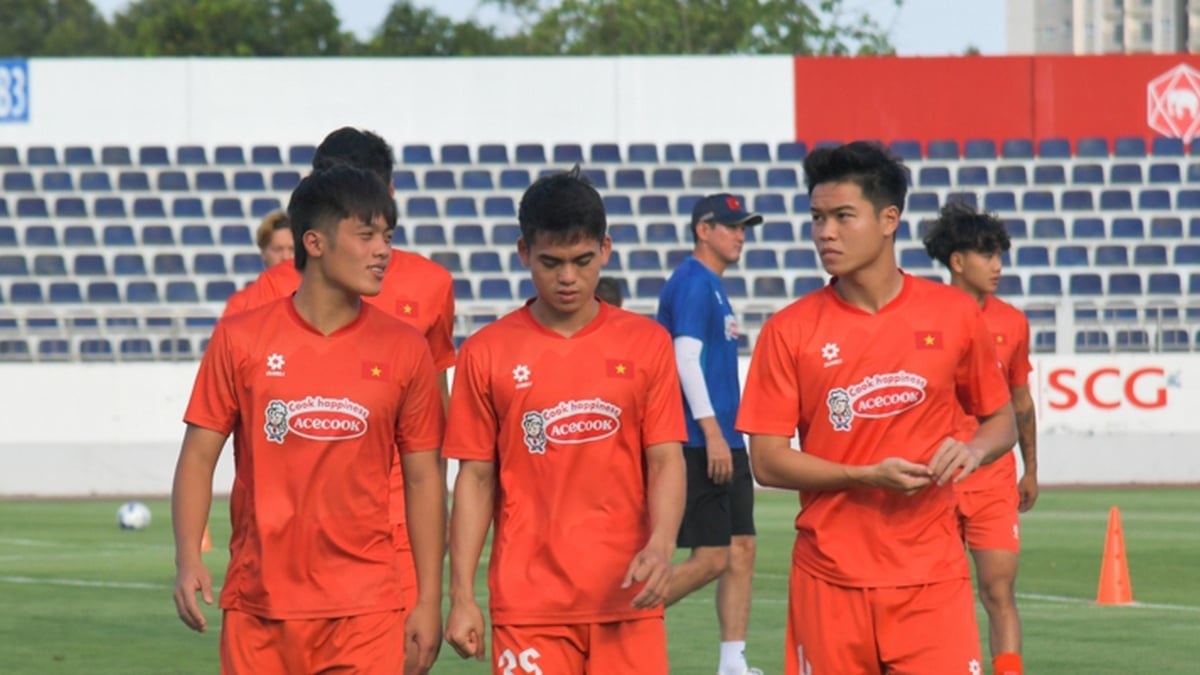

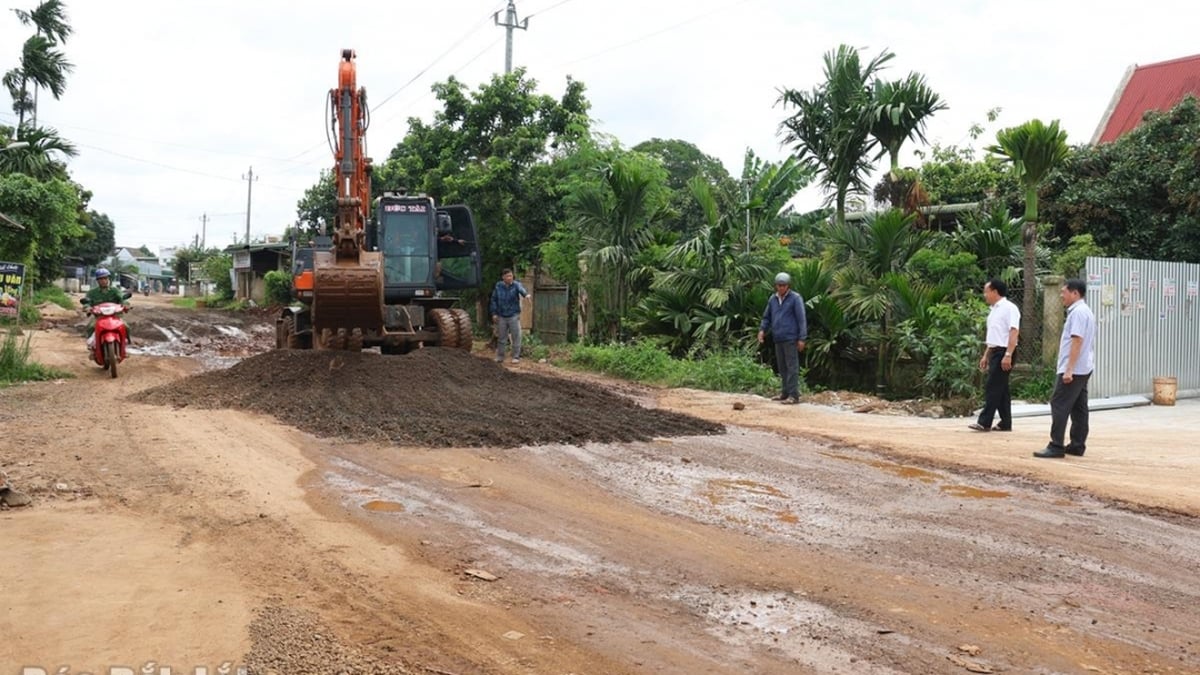
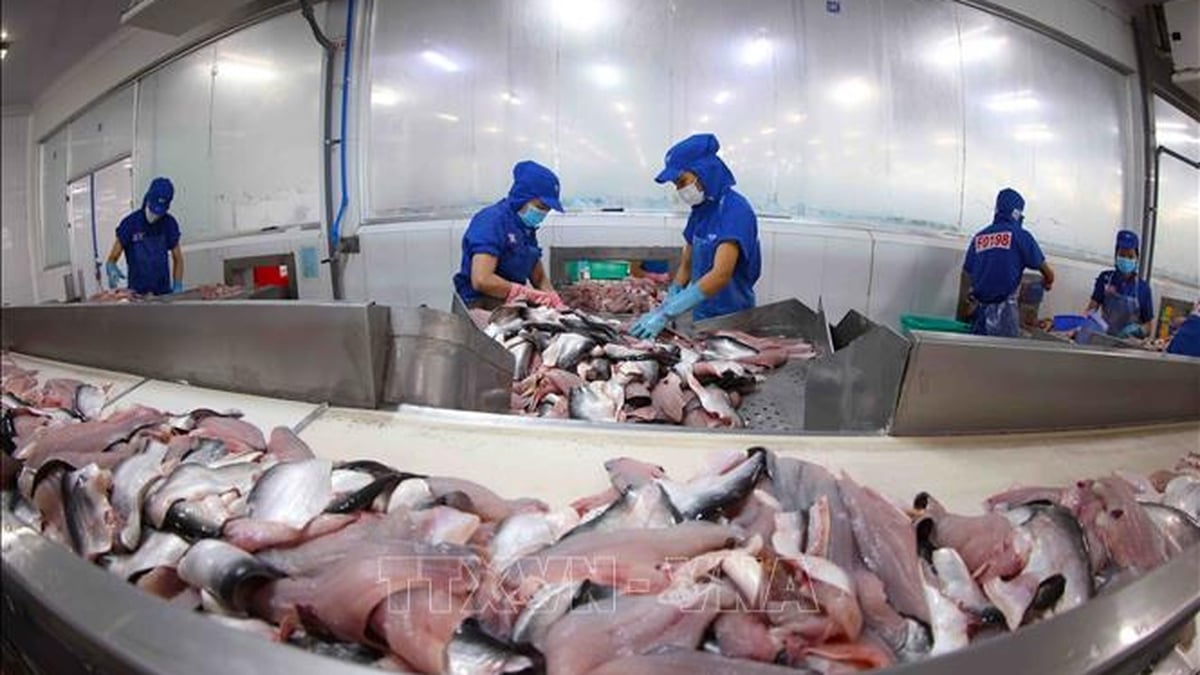

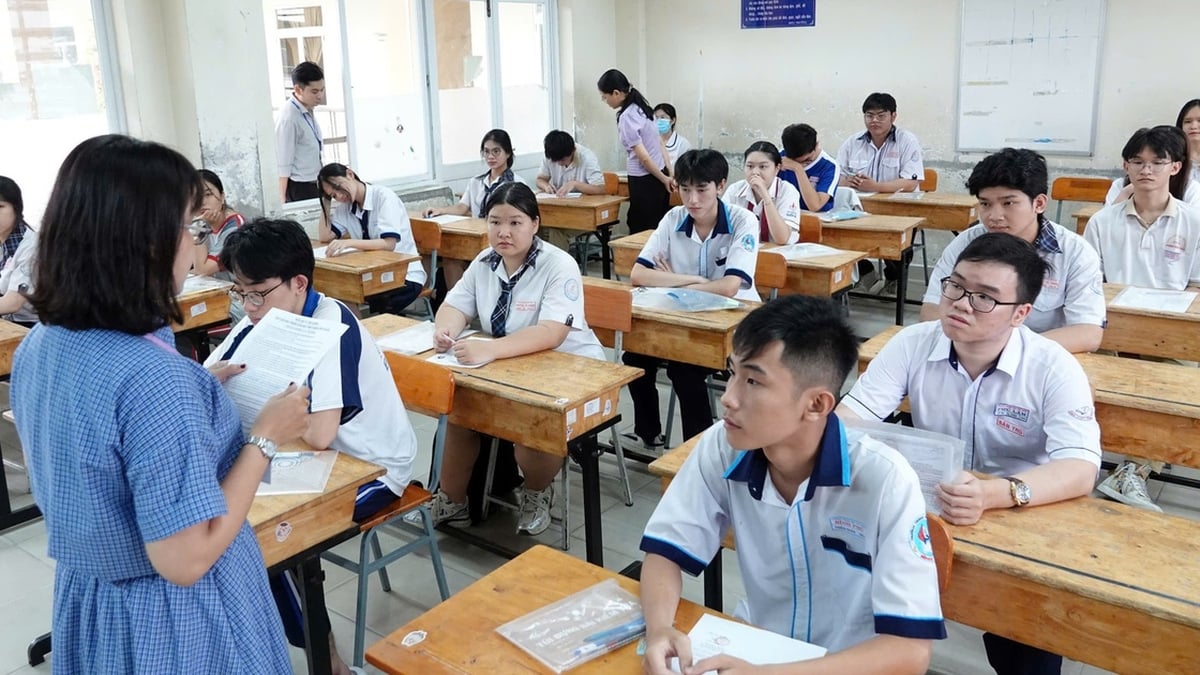








































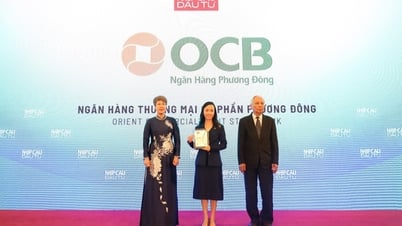

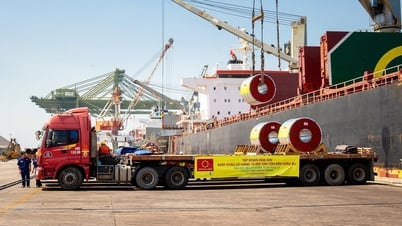



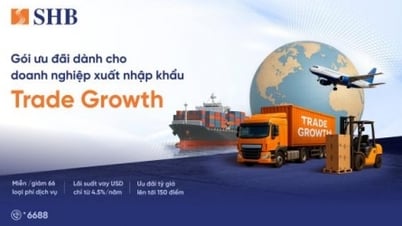



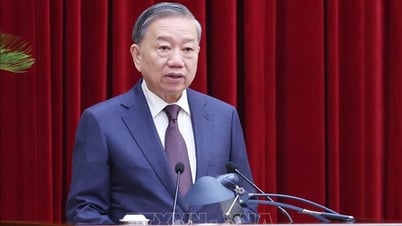

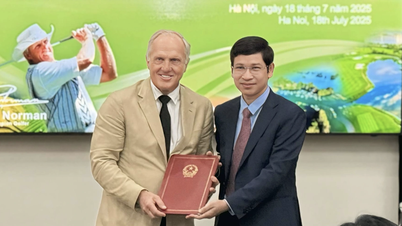

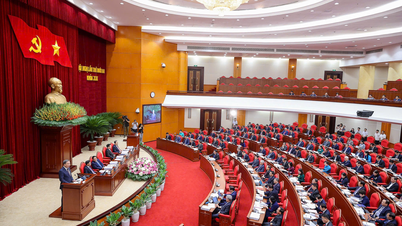




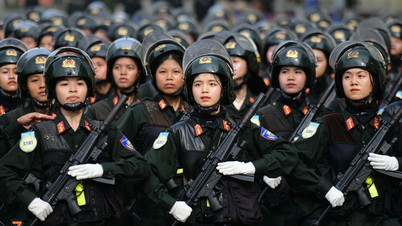
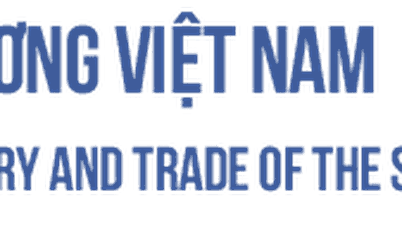




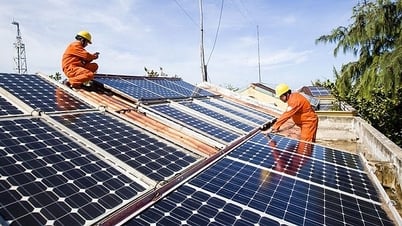
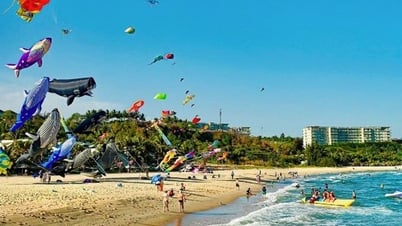









![[Infographic] In 2025, 47 products will achieve national OCOP](https://vphoto.vietnam.vn/thumb/402x226/vietnam/resource/IMAGE/2025/7/16/5d672398b0744db3ab920e05db8e5b7d)













Comment (0)